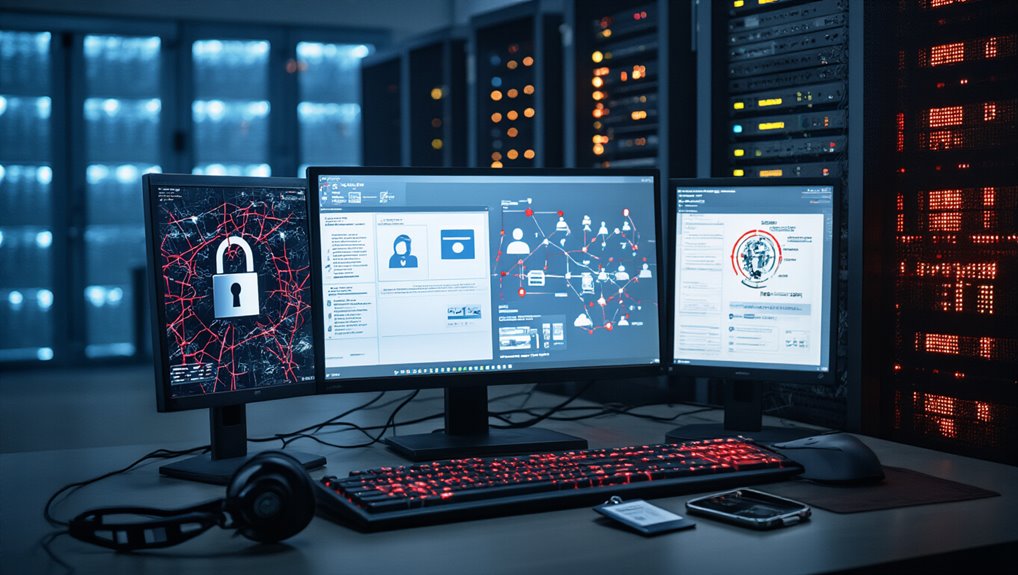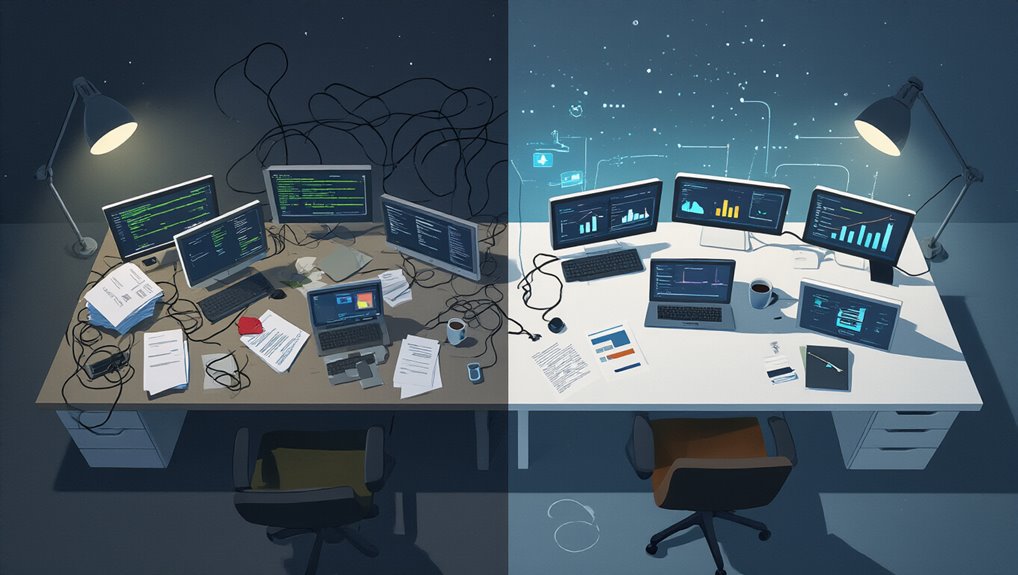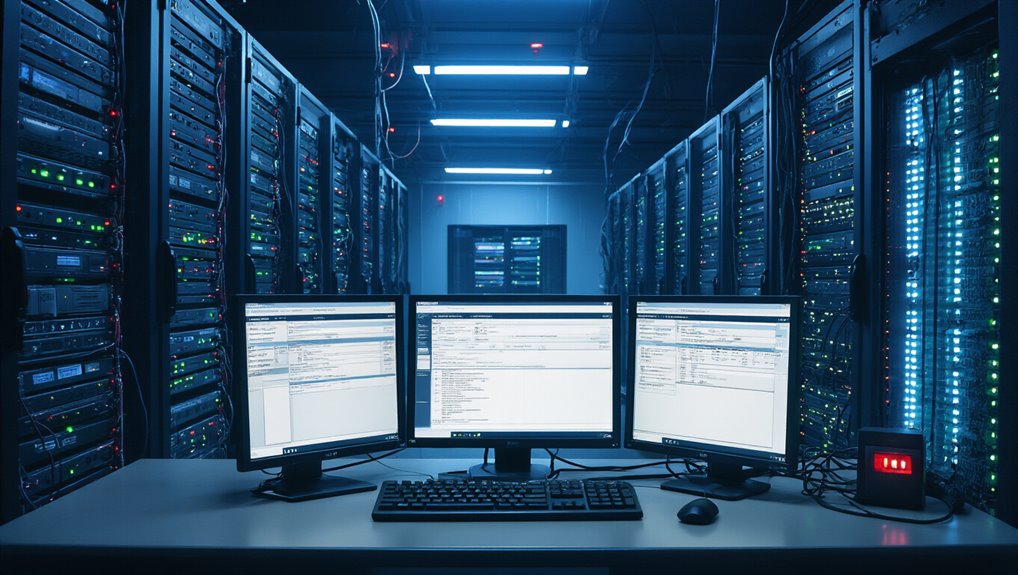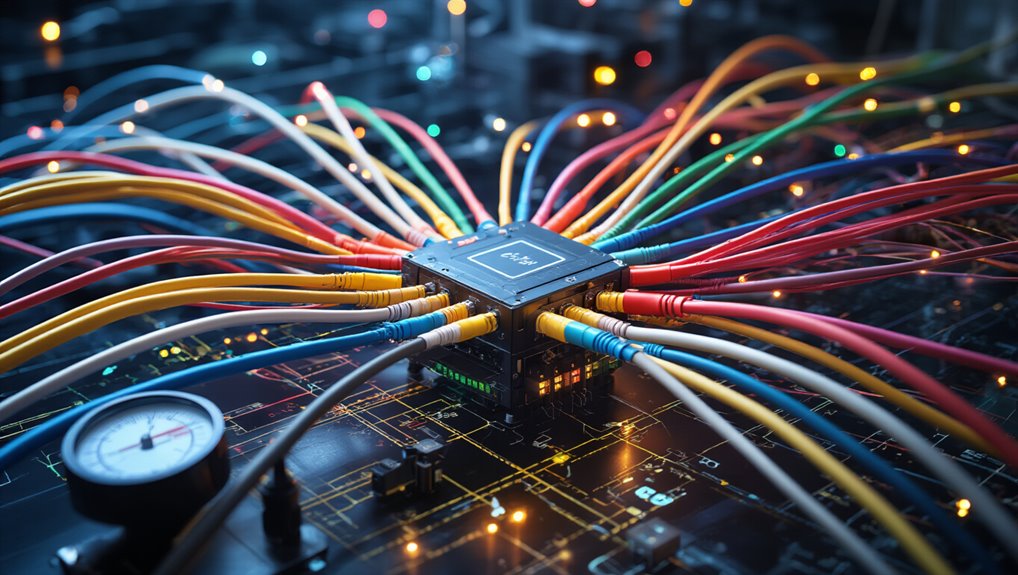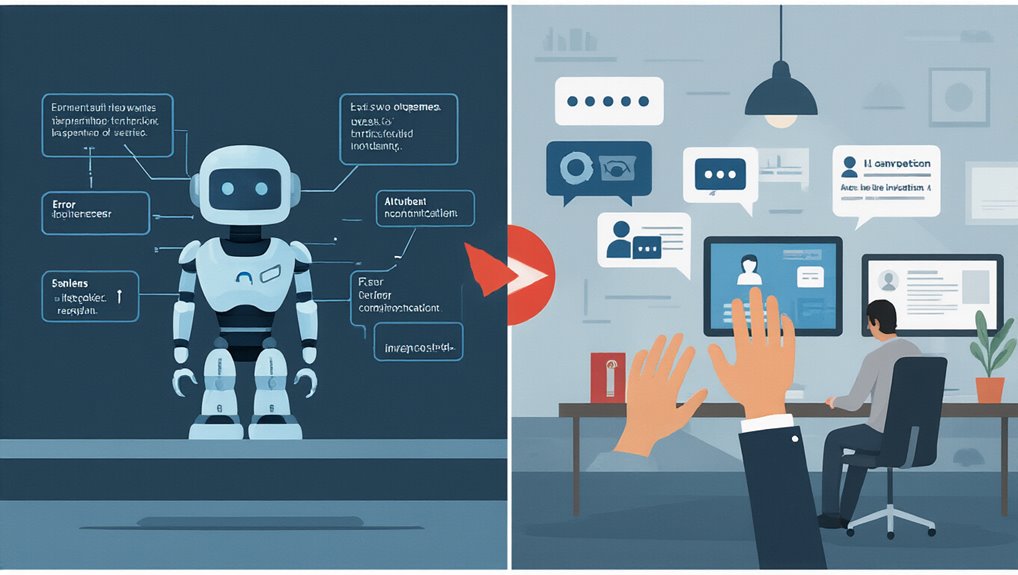While often overlooked as critical cybersecurity components, service desks have emerged as prime targets for sophisticated cyberattacks in today’s interconnected business environment. These frontline support teams handle sensitive access credentials and verification processes, making them valuable entry points for hackers seeking to compromise organizational networks.
Social engineering tactics specifically target service desk personnel, exploiting their helping nature to bypass technical safeguards. The human element presents significant vulnerabilities. Service desk staff frequently face manipulation through impersonation schemes where attackers pretend to be legitimate employees or vendors.
Alarmingly, 28% of service desk cybersecurity leaders admitted to concealing incidents to protect jobs, while over 60% of cyber events go unreported to executive leadership. This lack of transparency creates dangerous blind spots in security postures. This problem is amplified by the existing four million professional shortage in the cybersecurity workforce as reported in 2024. Social engineering remains highly effective, with 98% of cyberattacks involving some form of human manipulation or deception.
Concealed incidents and unreported breaches create security blind spots that jeopardize entire organizations.
When breaches occur through service desks, the consequences are severe. Organizations face extended downtime—48% of leaders expect critical services to remain offline for at least a day following a breach. Financial impacts compound quickly through regulatory fines, legal expenses, and recovery costs, with 44% of affected businesses anticipating major financial losses.
Customer trust erodes rapidly, as 34% of companies fear negative reviews and declining loyalty after security incidents. Attack sophistication continues to intensify. In 2024, encrypted cyber threats surged by 92%, while AI-powered attacks now drive approximately 40% of service desk targeting.
Deepfake technology enables highly convincing impersonations that can fool even cautious staff. Many organizations are turning to MSP expertise to implement sophisticated security protocols and continuous monitoring against these evolving threats.
To protect your organization:
- Implement multi-factor authentication for all service desk interactions
- Establish clear verification protocols using information not publicly available
- Conduct regular phishing simulations specifically targeting service desk scenarios
- Develop separate verification channels for sensitive account modifications
- Create a non-punitive reporting culture that encourages staff to flag suspicious interactions
With only 3% of organizations achieving mature cybersecurity readiness, investing in service desk security represents a critical opportunity to close a dangerous gap in your defensive perimeter.
